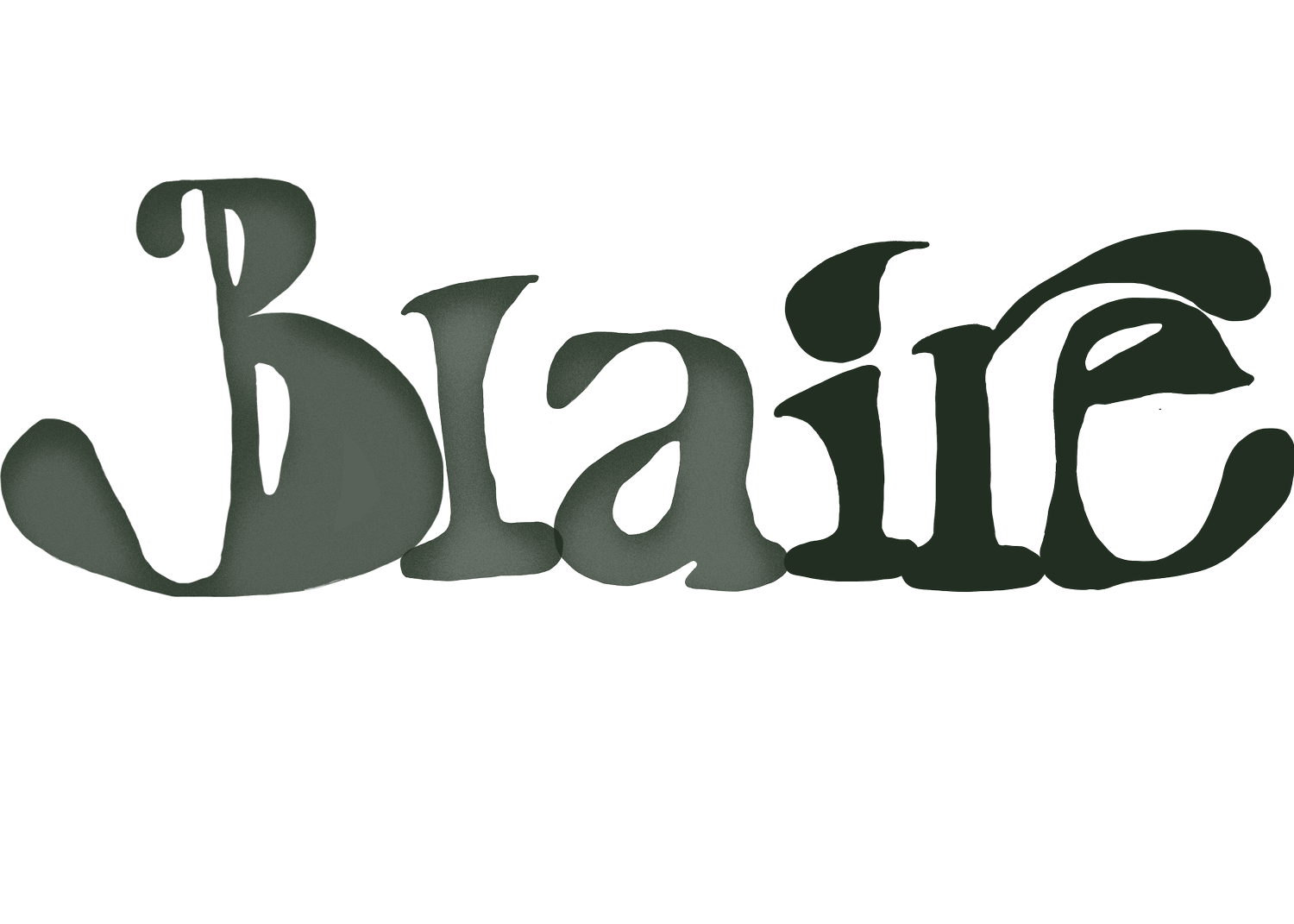Research Articles: Discussing Usability Design
Through participation in a variety of research projects, I have collaboratively written and edited multiple research articles surrounding research into the usability and design of an Educational Application.
User Experience and Design for a Mobile Application EASEL
User-centered design and user experience principles are increasingly relevant topics in developing educational technology. EASEL (Education through Application-Supported Experiential Learning) is a platform designed to provide just-in-time content and reflection opportunities to students using their GPS location and time. Previous usability tests for EASEL revealed potential areas of improvement in the platform’s navigation system and appearance. Our goal has been to review Technical Communication, Pedagogy, and Education Technology best practices and integrate them into iterative EASEL designs. Using this research we developed low-fidelity, interactive prototypes of the teacher web portal and the student application. A UX test was conducted with students and instructors consisting of both Likert scale and open-ended responses. Preliminary results of the application revealed that while the new UI was not intuitive, it received positive responses about application design, navigation, ease of use and perceived usefulness. Evaluation of the web portal UI, suggests that our design was unattractive, and non-intuitive to use. This research has revealed platforms must be built with multiple things in mind: functionality, experience, design, and intuitiveness. If any of these categories are weak, the overall perception of the application will suffer. These ideas should be further researched, and be applied to motivate the development of design principles.
KEYWORDS: EASEL, Just in Time Learning, Experiential Learning, e-Learning, Metacognition, User Experience, User-Centered Design
What are the student’s benefits of participating in a multidisciplinary undergraduate research project: Education through application-supported experiential learning
Research has been considered a crucial part of the undergraduate learning process. Many researchers found that undergraduate research increases student knowledge of the field and student field retention(Gentile, J., 2017). Undergraduate research can boost student confidence in the field and provide an opportunity to establish themselves as a professional and in academia. The impact of multidisciplinary research will be explored using studies exploring student research, interdisciplinary collaboration, and collaborative writing. Topics the students surveyed in this particular case study include user interface design and audience analysis, application development process, formative testing, experiential learning, e-learning, just-in-time learning, and metacognition. In this Case Study, as part of undergraduate research efforts, four undergraduate students participate in a multidisciplinary research project exploring the e-learning design and usability testing of an e-learning application. Comparing the interdisciplinary research program’s research project setup, mentor involvement, and the inclusion of collaborative and reflective writing, knowledge can demonstrate the keys to a good research program.
Student Voices: Pedagogical Implications from Technical Communications Internship Experiences
Four technical communication students, 2 graduate students, and 2 undergraduate students synthesized their internship experiences with relevant literature and made recommendations for curricular improvement. Additionally, some recommendations were made for businesses hosting internships. Through the discussion of the benefits gained from their internships as well as areas of improvement, they have identified four significant topics of discussion for Technical Communication Internships. Topics include 1) adjusting to a professional environment, 2) receiving feedback in a professional vs academic environment, 3) working with subject matter experts (SMEs), and 4) learning necessary software
Visually Effective Online Help
The need for online help and user documentation is increasing as more people and businesses use technological tools. Creating visually effective online help ensures users have the ability to troubleshoot or learn how to efficiently use these tools. This can save time, frustration, and even money. This report reviews our research findings on what creating visually effective online help entails, starting with the principles of online effectiveness in web design. We then discuss the effect of design trends on online help content and usability, and we finish with the use of multimedia in visual communication and how interactive mediums take online help to a new level.
